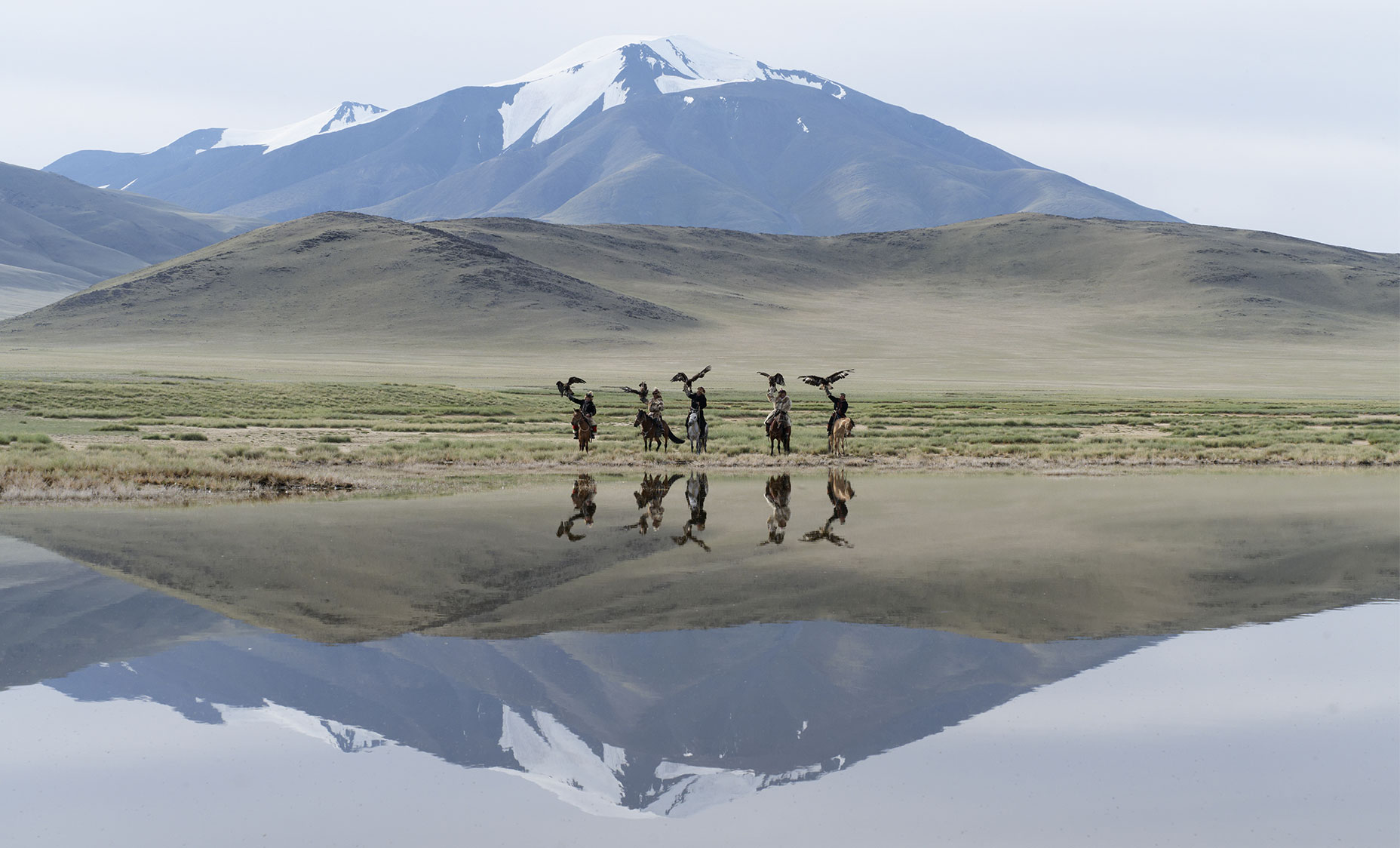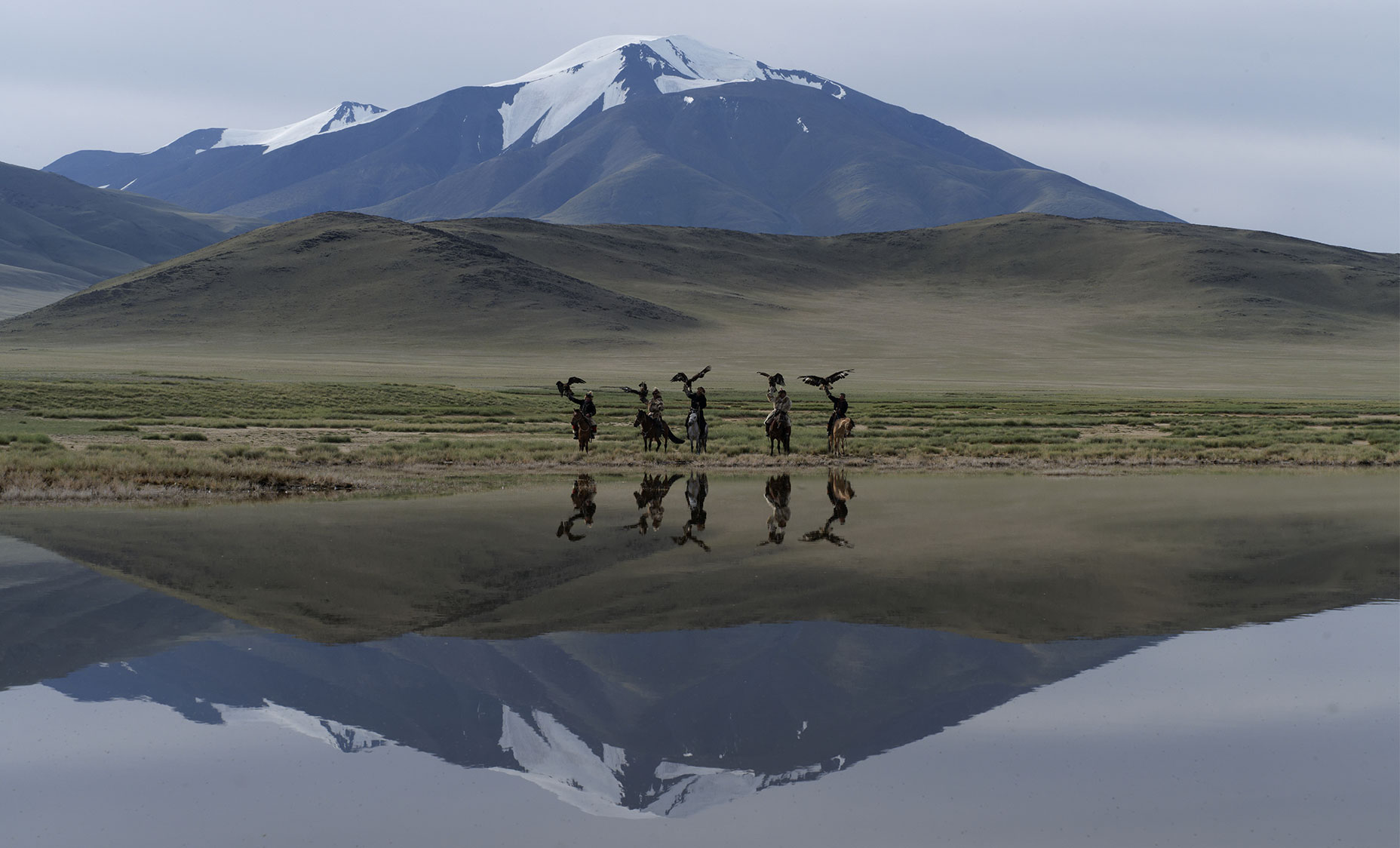Linear DNG files explained:
Your path to the ultimate image quality

- Camera: Canon EOS R5
- Lens: 11 - 24mm f/2.8
- Parameters: ISO 640 - 1/200 - f/14 - 11mm
- DxO PureRAW - PhotoLab
Discover the benefits to your RAW photo workflow
Here you’ll learn all about the Linear DNG files that PureRAW 3 produces: what these special RAW files are – how they work; and how they can improve the quality of your photos – all while still using your regular photo-editing software.
RAW — plus more
As part of its revolutionary workflow, DxO PureRAW 3 takes regular RAW files from your camera and pre-processes them to create Linear DNGs. These files can be edited just the same as normal RAWs, but have significant advantages. In fact, the best way to think of Linear DNG is ‘RAW plus’.
It’s a format that delivers everything that is great about shooting and editing RAW files, but which allows DxO PureRAW to create an extra level of quality that your camera and regular software can’t supply alone.

What is RAW?
Before the benefits of Linear DNG can be easily understood, it’s important to remember how regular RAW files work.
If you already shoot RAW you’ll know that a file is literally unprocessed image data from the camera’s sensor. Each RAW file is unique to its camera model and it cannot be viewed on regular devices like computer screens without first being processed or converted into a common format like JPEG or TIFF. Even when you preview a RAW file on your camera’s LCD or on a monitor using your file browser, it’s a processed version you’re seeing.
So what’s the advantage? The benefit is in RAW files’ potential for editing. Processing them outside of the camera leads to higher image quality and means that more expansive creative decisions can be made.
Why RAWs can do more
The way that data is recorded within a RAW file allows great latitude in adjustment compared to a JPEG. For instance, during a RAW conversion you’ll be able to lighten or darken general exposure up to a point, as well as correct specific tonal zones like highlights and shadows, usually without losing detail in those areas.
White Balance is also editable, meaning you can ensure color is neutral and lifelike even if it was set incorrectly at the time of shooting. None of these things are possible to the same degree in a JPEG file.
Why? As part of a RAW’s conversion to a JPEG certain aspects of its data are locked and no longer have the same latitude for adjustment. These processes are called demosaicing and denoising, more on which below.
The important bit for now is to understand that as a RAW is demosaiced and denoised, its flexible data become fixed and therefore editing potential is reduced.
So if you want the ultimate in control, it makes sense to shoot and edit RAWs for converting them to JPEGs. So far so good, but why are Linear DNGs different?






- Camera: Sony A7RM4
- Lens: 24 - 105mm f/4
- Parameters: ISO 800 - 1/400 - f/11 - 64mm
- DxO PureRAW - PhotoLab
The original photo (left) shows some detail in the sky. When reducing the exposure of the RAW file by one stop (center), detail is kept. By contrast, reducing the contrast of a JPEG (right) by the same amount causes the sky and snow to lose detail and other parts of the image to become washed out.
How DxO PureRAW 3’s Linear DNGs improve on regular RAWs
As mentioned, pivotal parts of RAW conversion are demosaicing and denoising, but being automatic, they tend to go unnoticed.
Demosaicing is the process by which the raw sensor data and its pixel values for red, green, and blue, are interpreted into what we perceive as natural and lifelike colors on screen. Denoising is the removal of inaccurate pixels created as a result of interference and heat inside your camera during an exposure, which can be amplified in photos made at higher ISOs.
Together, these processes produce the best possible version of an image in terms of technical quality. In that way, they are separate from any creative changes you might make, such as exposure or color.
Demosaicing and denoising have to be completed during a RAW conversion before any other editing takes place — but what’s surprising to many photographers is that the quality of those processes is not standardized, and some software performs them better than others.
How Linear DNG fits into your workflow

- Camera: NIKON D850
- Lens: 24-70mm f/2.8
- Parameters: ISO 2500 - 1/80s - f/2.8 - 70mm
- DxO PureRAW
As well as making this ISO 2500 RAW file look as if it were shot at ISO 1000, DxO PureRAW also creates a sharper, more detailed image — one that appears automatically in your Adobe Lightroom Classic® catalog, complete with any existing edits.
Best of all, Linear DNGs can slot into your photographic workflow without disruption. DNG — or Digital Negative — is an open format of RAW file, and Linear DNGs retain this flexibility. So, with the accuracy of your RAW files improved by DxO PureRAW 3’s processing, they can be loaded into any RAW editing software, allowing you to keep your existing photographic workflow.
What’s more, if you’re using Adobe Lightroom®, your RAW files can be processed into improved Linear DNGs straight from the menu and returned to your Library with any previous edits still in place.
Try it today
DxO PureRAW 3 is available as a free trial, and we even offer some sample RAW files for you to discover its capabilities.
